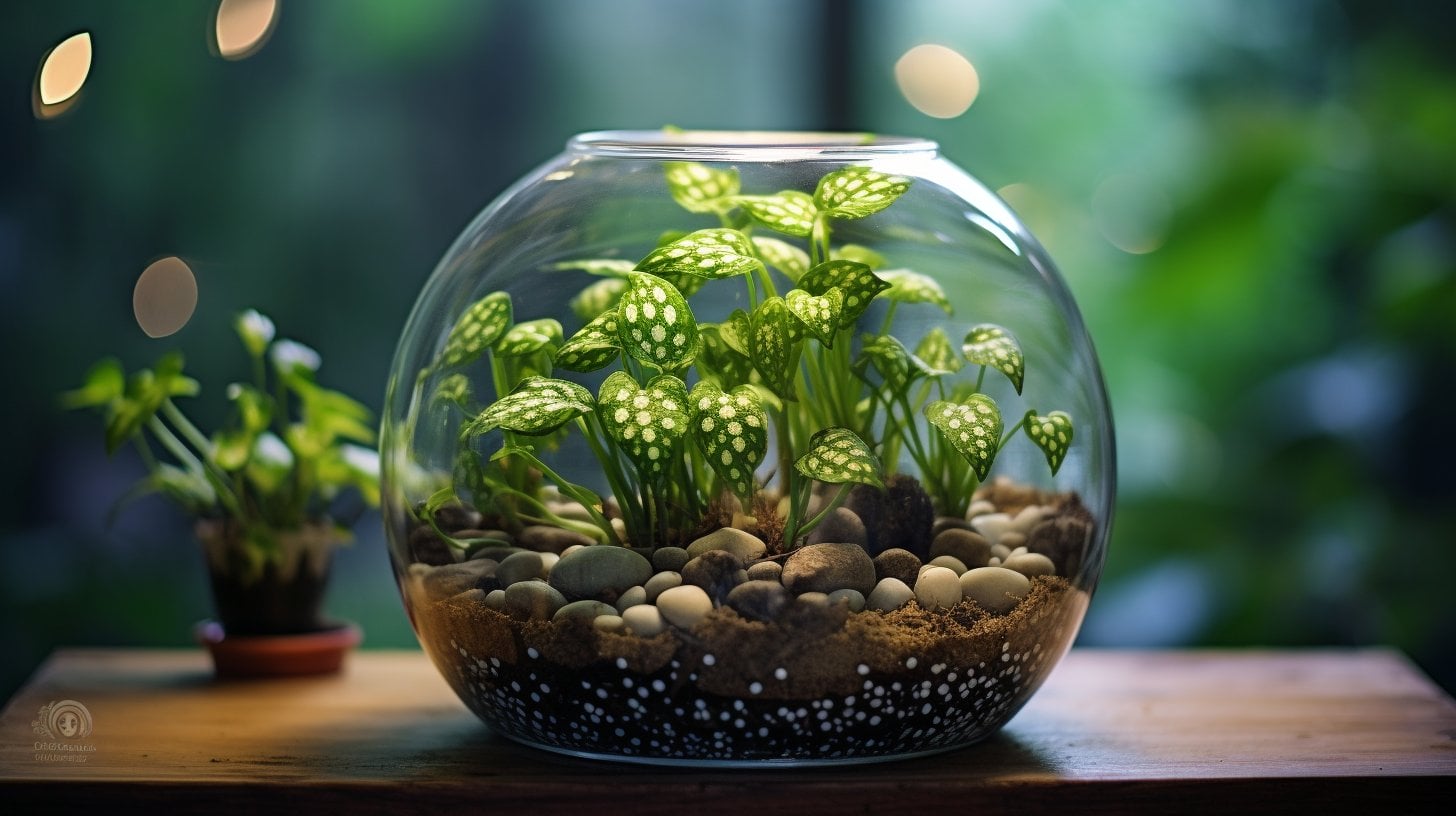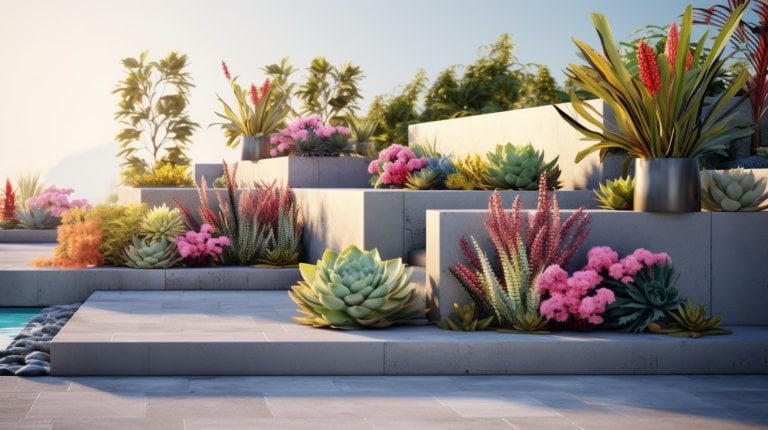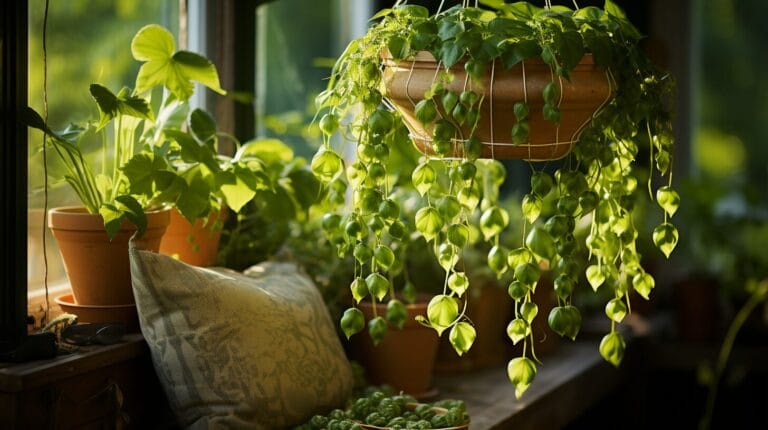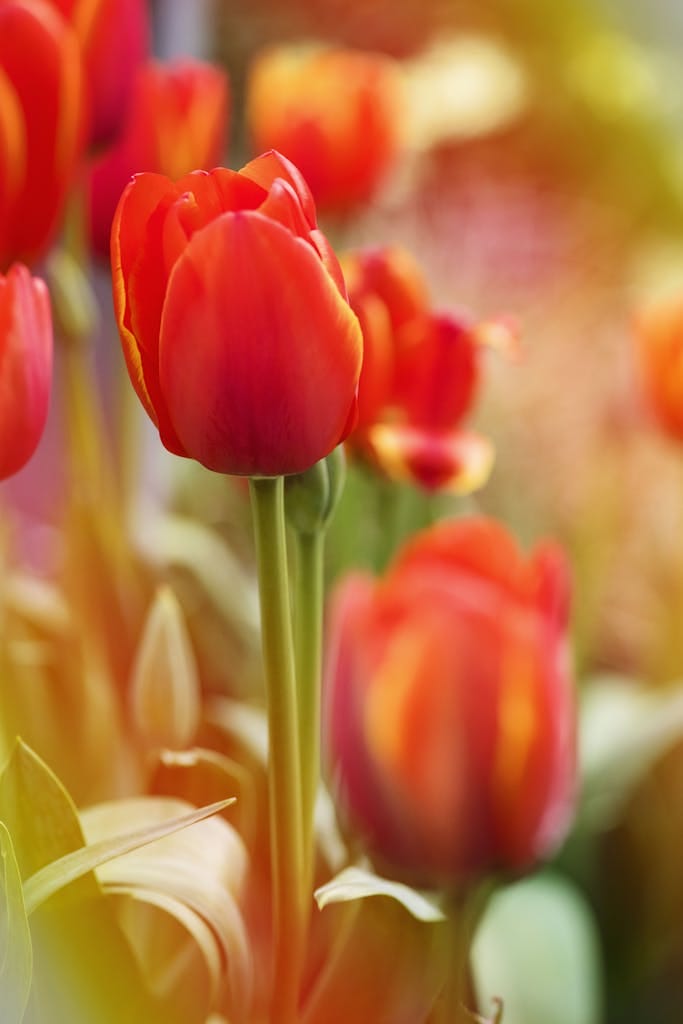Polka Dot Plant in Terrarium: A Quick Hypoestes Phyllostachya Care Guide
Embark on an exploration of the miniature universe of terrariums with us. Visualize a tiny, flourishing ecosystem, safeguarded inside the confines of a glass jar, demonstrating the lively allure of a polka dot plant in a terrarium. These petite ecosystems, brimming with life, enthrall plant enthusiasts internationally.
And who steals the show? None other than the star of our ensemble: The Polka Dot Plant (Hypoestes phyllostachya). Hailing from Madagascar, this charmer has found a home in spaces across the globe, earning applause for its whimsical, artist-dappled leaves.
Thriving in its petite eco-paradise, it doesn’t just survive but brightens any corner it graces with vibrant doses of color.
But how do you ensure this speckled spectacle feels at home in its new glass haven? We’re here to guide you through understanding your Hypoestes phyllostachya and nurturing it inside a terrarium. From the secrets to theatre-ready performances on the home stage to harmonious living within a tightly-knit ecosystem – let’s ensure your Polka Dot Plant leads a laudable life.
Pull up a chair, don your gardening gloves, and journey with us into the world of one of today’s most adored houseplants.
Key Takeaways
- The Polka Dot Plant, Hypoestes phyllostachya, is a visually captivating houseplant with vibrantly colored spots on its leaves.
- Housing a Polka Dot Plant in a terrarium has advantages like providing warmth and humidity suitable for growth.
- Successful care involves proper light exposure, maintaining temperature and humidity balance, ensuring adequate water supply, using transparent containers with sufficient drainage, and a nutrient-rich, well-draining medium.
- Popular terrarium varieties include Polka Dot Carmina, Polka Dot White Splash, Polka Dot Purpariana, and Polka Dot Pink Brocade.
Understanding the Polka Dot Plant (Hypoestes phyllostachya)

A native of Madagascar, the Polka Dot Plant (Hypoestes phyllostachya), is a sight to behold, with its vibrant spots decorating the foliage in various pink, white, and red hues. With its fun, oval-shaped leaves, this compact and bushy plant is a fitting addition to liven up any indoor space.
Understanding the unique attributes and requirements of the Polka Dot Plant is paramount for successful caretaking in a terrarium setting.
Watch: Caring for a Polka Dot Plant (Video)
Description and Habitat
Born in the wilds of Madagascar, the Polka Dot Plant is a bright, fun-loving species characterized by unique freckle-like spots on its leaves, visible in varying hues of pink, red, or white against a lush backdrop of green.
It thrives in warm temperatures between 60-80°F (15-26°C), accompanied by a good dose of moisture in the air, ideally around 60% to 90% humidity.
Growth and Propagation
The growth-friendly Polka Dot Plant offers the joy of propagation from its existing parts. Simply snip a piece of the stem with leaves, let it soak in water until roots grow, and you’ve got a new plant! Alternatively, wait for the plant to flower and harvest the new seeds that sprout. Make a habit of trimming tall stems to maintain the compactness of the plant and enhance its aesthetic appeal.
Benefits of Growing Polka Dot Plant in Terrarium
The tiny house that is a terrarium offers a rich habitat for the Polka Dot plant, perfectly mimicking its natural preference for warmth and humidity. This environment not only facilitates healthy plant growth but also eases plant care with minimal watering required. The transparent jar allows an unobstructed view of the entire plant, enabling easy monitoring of roots and overall health.
The celebrated bearer of green leaves and vibrant dots placed in an elegant bottle vase considerably accentuates the appeal of any room. The Polka Dot Plant helps create a fascinating mix within the confined ecosystem when coupled with other plants sharing similar environmental preferences.
Watch: Making a Terrarium with Polka Dot Plant (Video)
Successful Growth Factors for a Terrarium Ecosystem
The successful cultivation of a Polka Dot Plant within a terrarium depends on several vital factors. A balance of strong, indirect light, suitable room temperature, appropriate humidity levels, an efficiently functioning water system, transparent containers, and well-draining, sterile, nutrient-rich soil forms the ideal environment inviting maximum plant growth.
Watch: Polka Dot Plant Terrarium Set up (Video)
Light: Intense and Indirect
Polka Dot Plants prefer bright, indirect light. Direct exposure to harsh sunlight may result in damaged leaves, while insufficient lighting can slow their growth. Thus, it is important to position the plant near a window with filtered sunlight to ensure it receives adequate light without any harm.
Room Temperature and Humidity
Room temperature and humidity significantly influence the healthy growth of a Polka Dot Plant within a terrarium. It flourishes in temperatures between 60-80°F (15-26°C) and high humidity levels (60-90%). Regular misting of leaves or keeping a tray of water near the glass are prudent measures to maintain ideal moisture levels.
Water: Well Functioning Hydrosphere
A well-operating water system is paramount for cultivating Polka Dot Plants in terrariums. Regular watering is essential to moisten the soil while avoiding waterlogging and root rot conditions. With the self-sustaining environment retaining moisture and allowing proper drainage, the Polka Dot Plant requires less frequent water attention than other houseplants.
Containers: Transparent Glass or Plastic Jars
I often choose transparent glass or plastic jars for my terrariums that offer a clear view of the plants and enable easy ecosystem monitoring. Accounting for both aesthetic and practical considerations, glass or plastic jars fitted with adequate drainage ensures a successful terrarium ecosystem. The size of the container is equally important, allowing ample space for the Polka Dot Plants to spread and flourish.
Growing Medium: Sterile, Rich, and Well-Draining
Choosing the right growing medium is crucial for the Polka Dot Plant in a terrarium. The soil should be sterilized to prevent harmful bacteria or pests, rich in nutrients for proper nourishment, and should offer good water discharge. A peat-lite mix, available at garden centers and florists, is ideally suited for this purpose.
Can the Care Techniques for Replanting Aloe Plants be Applied to Polka Dot Plants in Terrariums?
The techniques for repotting aloe vera plants may not directly apply to polka dot plants in terrariums. While both plants require careful handling during transplanting, their growth habits and environmental needs differ. Polka dot plants thrive in humid conditions without direct sunlight, making terrariums ideal. The repotting process for aloe vera involves removing the plant from its pot and transferring it to fresh soil, while polka dot plants in terrariums generally do not require repotting due to limited space.
Varieties of Polka Dot Plants for Terrariums
From Polka Dot Carmina, Polka Dot White Splash, and Polka Dot Purpariana to Polka Dot Pink Brocade, the Polka Dot Plant offers several unique terrarium varieties, each varying in foliage pattern and overall charm.
Polka Dot Carmina
With distinctive veined and splattered leaf patterns, the Polka Dot Carmina adds a dash of eccentric beauty to the terrarium. This variety thrives in bright, indirect light and well-draining soil, growing up to 12-36 inches tall.
Polka Dot White Splash
If you prefer a touch of elegance and intrigue for your terrarium, opt for the Polka Dot White Splash. Its distinct white leaves adorned with green spots stand out among other terrarium plants. This variety grows about 10-14 inches in height and width, making it perfect for petite terrariums or as a part of a larger ensemble.
Polka Dot Purpariana
Add a bold pop of color to your terrarium with the Polka Dot Purpariana. This variety, featuring purple-tinted leaves and bright flowers, thrives in full sun and well-drained soil.
Polka Dot Pink Brocade
For a striking and standout addition to your terrarium or indoor garden, consider the Polka Dot Pink Brocade. With emerald green leaves speckled with pink dots, this variety grows up to 2 feet, creating a lush appearance and adding a unique charm to its environment.
After mastering the art of nurturing a polka dot plant in your terrarium, why not explore the possibilities of growing fresh lettuce indoors, too?
Conclusion
Introduce some excitement into your indoor planting with the vibrant Polka Dot Plant. Its vibrant leaves become a conversation starter every time, performing beautifully in a terrarium, i. The right light, temperature, and moisture balance are necessary for its care, which makes for a thriving ecosystem within the confines of your terrarium. Simply put, it adds color and excitement to your home, bringing you a miniaturized slice of nature to appreciate right in your living space.
FAQs
What is a Polka Dot plant?
A Polka Dot plant, or Hypoestes Phyllostachya, is a unique houseplant characterized by its spotty green leaves. It’s low maintenance and suited to indoor growth in a pot or terrarium.
How do I take care of my Polka Dot plant?
Regular watering—without overdoing it—and placement in indirect light and a humid environment make for ideal Polka Dot Plant care.
Can you put a Polka Dot Plant in a closed terrarium?
Certainly! A Polka Dot Plant can thrive in both open and closed terrariums, thanks to its affinity for humid conditions.
What kind of soil does a Polka Dot plant need?
Polka Dot Plants favor moist potting soil that offers good drainage. This prevents waterlogging and the consequent risk of root rot.
Can I propagate new plants from my Polka Dot Plant?
Propagation from the Polka Dot Plant is quite simple. You can take a cutting from the existing plant and nurture it until roots form.
What lighting conditions does the Polka Dot Plant prefer?
A Polka Dot Plant thrives in bright, indirect light close to a window. Avoid harsh sunlight, which can harm their variegation, resulting in leggy growth over time.







